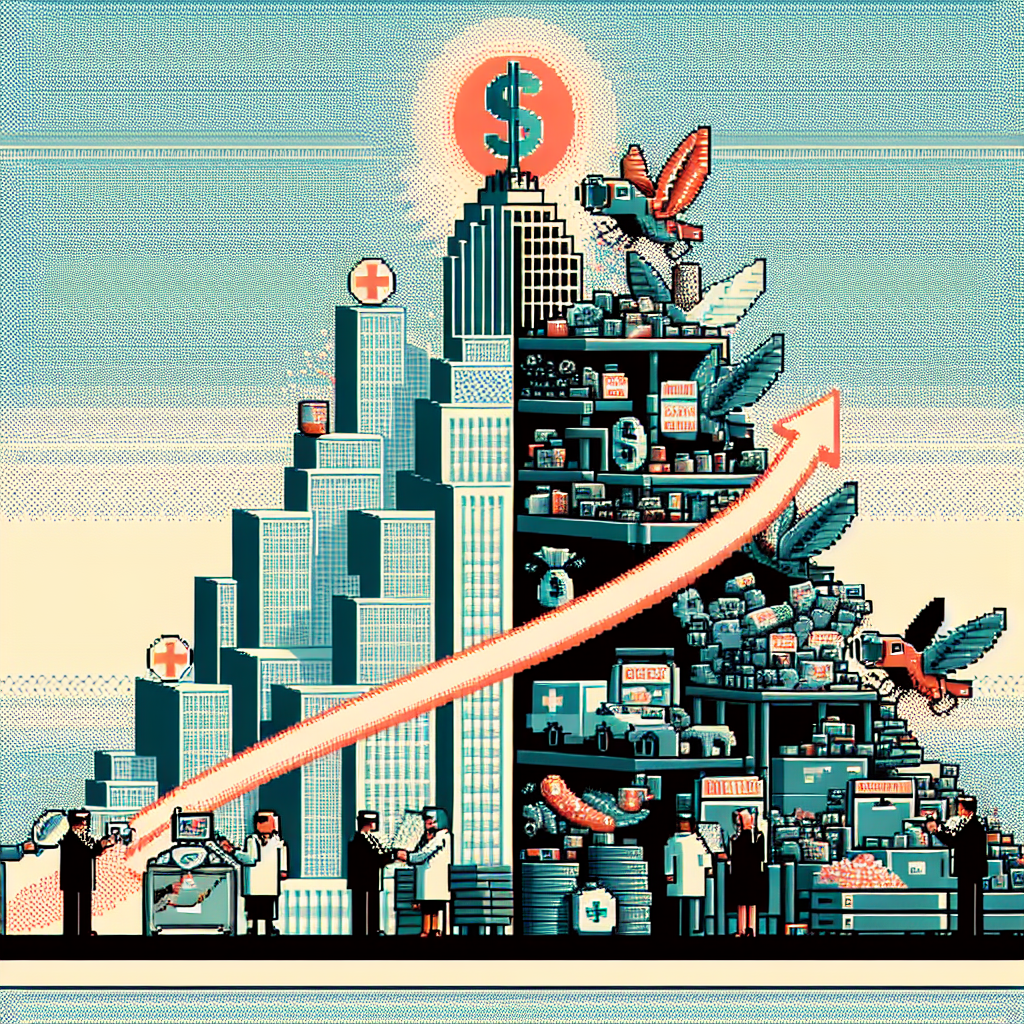Walgreens Goes From $100 Billion Health Giant to Private-Equity Salvage Project - The Wall Street Journal | Analysis by Brian Moineau
**From Pharmacy Powerhouse to Private-Equity Project: The Walgreens Odyssey**
Once upon a time, Walgreens stood tall as a $100 billion behemoth in the health industry, a giant among giants in the world of pharmacy and retail. Fast forward to today, and this titan is finding itself in the arms of Sycamore Partners, a private-equity firm known for taking companies on a journey of transformation—or, more aptly, salvage operations. What's led Walgreens down this winding road from the peak of pharmaceutical prowess to a private-equity project? Let’s explore the narrative of change in the retail pharmacy landscape.
**The E-Commerce Effect**
The decline of Walgreens is not an isolated incident but rather a chapter in the larger story of retail evolution. As the tides of e-commerce have swept across the globe, traditional brick-and-mortar stores have found themselves in increasingly choppy waters. Giants like Amazon have redefined customer expectations, offering convenience and competitive pricing that physical stores struggle to match. Walgreens, despite its storied history, has not been immune to these forces.
In the broader context, it’s worth noting how other traditional retailers have navigated this digital disruption. Take, for instance, Best Buy, which found a way to thrive by revamping its online presence and customer service strategies, proving that adaptation is indeed possible. Meanwhile, Sears, once a retail stalwart, serves as a cautionary tale, having succumbed to the pressures without adequately evolving.
**Health-Industry Shifts**
Beyond the digital revolution, the health industry itself is in flux. The rise of telemedicine, changing patient expectations, and new regulatory landscapes have altered how health services are delivered and consumed. Walgreens, which had long been synonymous with the local pharmacy experience, needed to innovate and expand its healthcare offerings. Competitors like CVS Health have embraced this change more readily, integrating health services and digital solutions to meet the modern consumer's needs.
In a world where healthcare is moving towards more integrated and holistic models, Walgreens' slower pivot has been a significant factor in its decline. The acquisition by Sycamore Partners might be the catalyst needed for a strategic realignment, potentially infusing the company with a fresh perspective on navigating these changing terrains.
**A Broader Economic Lens**
Walgreens’ predicament can be seen as a microcosm of the broader economic climate. As private equity increasingly steps in to rescue or revitalize struggling businesses, we see echoes of this in other sectors. For instance, the restaurant industry has witnessed similar patterns, with private-equity firms stepping in to revitalize brands that have fallen out of favor with shifting consumer tastes.
Furthermore, as we transition into a post-pandemic world, the business landscape is undergoing significant recalibration. Companies are re-evaluating their operational strategies, supply chain mechanisms, and digital footprints to remain competitive and relevant.
**Final Thoughts**
The story of Walgreens serves as a poignant reminder of the necessity for businesses to adapt proactively and innovatively. In an era defined by rapid technological advancements and shifting consumer expectations, standing still is not an option. Whether Sycamore Partners can successfully steer Walgreens back to its former glory remains to be seen, but one thing is certain: the journey will be closely watched by those who understand the importance of evolution in the ever-changing world of business.
As we look to the future, it’s crucial for businesses to embrace change, foster innovation, and, perhaps most importantly, place the customer at the heart of their strategies. After all, the ability to adapt is not just a business strategy; it is an imperative for survival.
Read more about AI in Business



